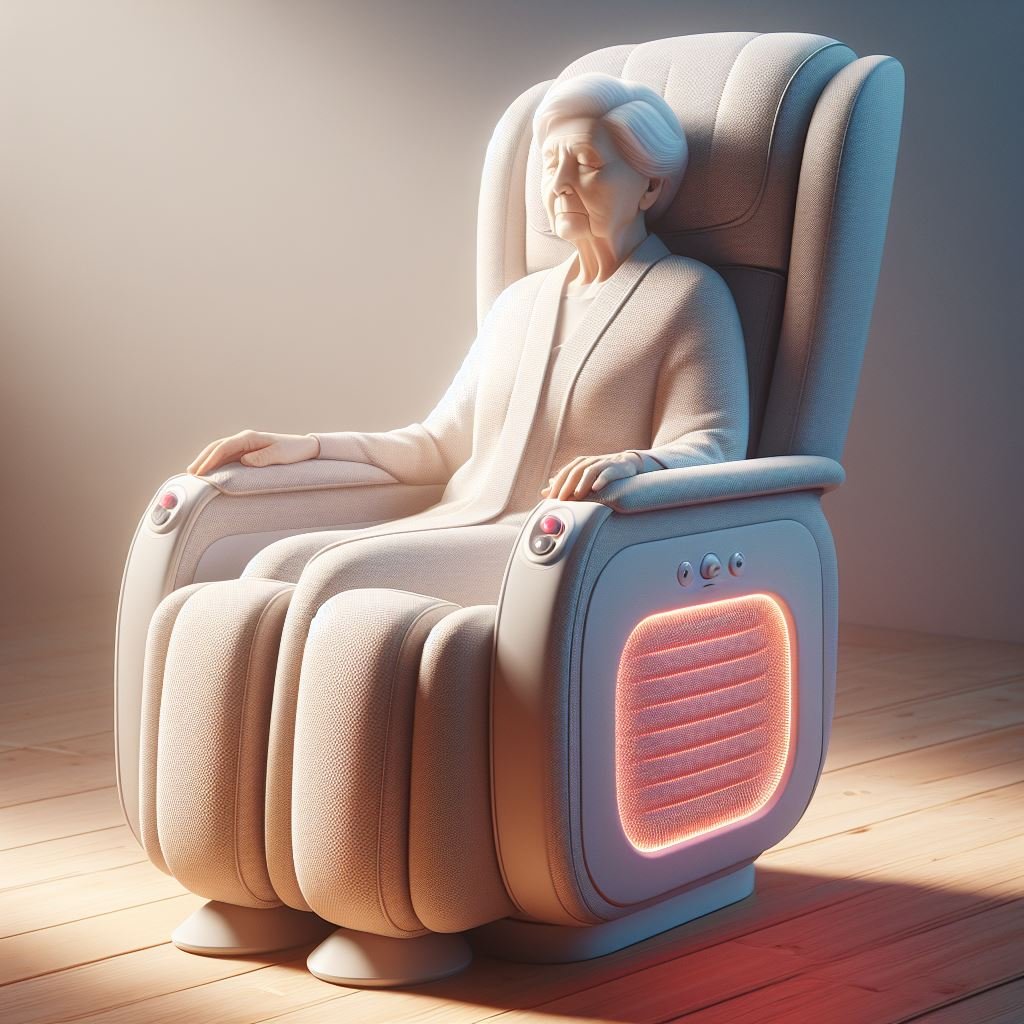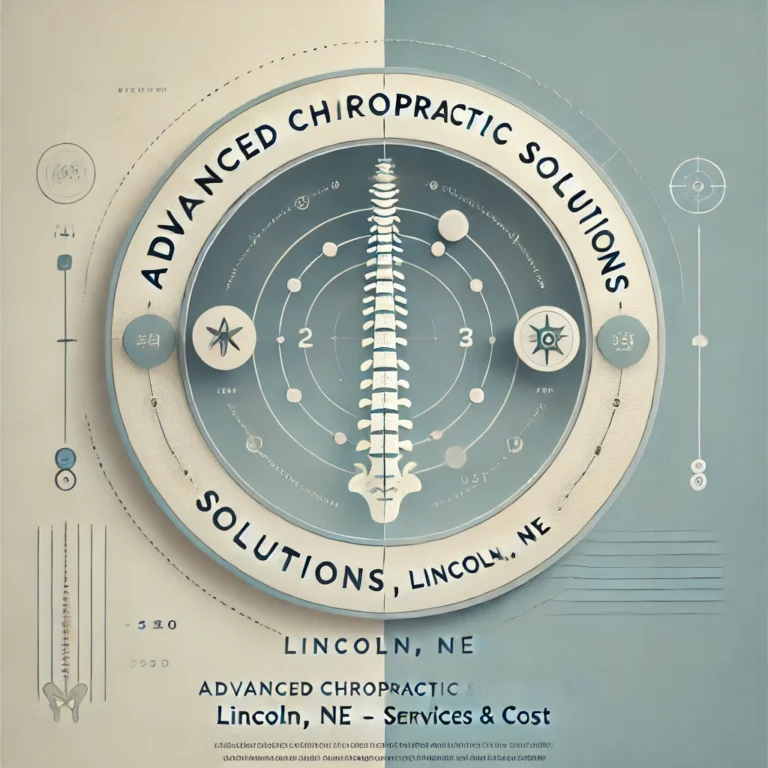
A bed mobility aid chair can significantly improve independence and quality of life for individuals with limited mobility. When selecting the right chair, consider these essential factors:
User’s Needs and Abilities:
Chair Type:
Comfort and Safety:
- Padding and cushioning: Ensure the chair is comfortable for extended use.
- Safety features: Look for features like seat belts, armrests, and anti-tip mechanisms.
- Footrests: Check if adjustable footrests are included for proper positioning.
Ease of Use:
- Controls: Ensure the controls are easy to operate and accessible.
- Maneuverability: Consider the chair’s turning radius and ease of movement.
- Weight and portability: If portability is important, assess the chair’s weight and folding capabilities.
Durability and Quality:
- Materials: Choose a chair made from durable materials that can withstand regular use.
- Warranty: Look for a chair with a warranty to protect your investment.
Size and Fit:
- Dimensions: Measure the user’s height and width to ensure a proper fit.
- Doorway and hallway clearance: Consider the chair’s dimensions to ensure it can fit through doorways and hallways.
Adjustability:
- Seat height and depth: Adjustability allows for a customized fit.
- Backrest angle: Consider if adjustable backrests are needed for comfort and support.
- Armrest height: Ensure armrests are at the right height for the user.
Accessories:
- Footrests: Choose footrests that are comfortable and adjustable.
- Armrests: Consider if padded armrests are needed for comfort and support.
- Seat belts: Safety belts are essential for preventing falls.
Trial Period:
If possible, try out the chair before purchasing to ensure it meets the user’s needs.
Professional Consultation:
Consult with a healthcare professional or mobility specialist to get personalized recommendations.
By carefully considering these factors, you can select a bed mobility aid chair that provides optimal comfort, safety, and independence for the user.
Choosing the Right Bed Mobility Aid Chair: A Detailed Guide
A bed mobility aid chair can significantly enhance the quality of life for individuals with limited mobility. It can provide independence, comfort, and support, making daily activities easier. However, selecting the right chair requires careful consideration of several factors. Here’s a detailed guide to help you make an informed decision:
1. User’s Needs and Abilities
- Mobility level: Assess the user’s ability to move independently. Does the person need assistance getting in and out of bed, or can they do so with minimal support?
- Weight capacity: Ensure the chair can safely support the user’s weight. Check the manufacturer’s specifications for the maximum weight capacity.
- Physical limitations: Consider any physical restrictions, such as limited range of motion or muscle weakness, that may impact the user’s ability to use the chair.
2. Chair Type
- Manual vs. electric: Determine whether the user requires powered assistance. Electric chairs offer convenience and ease of use, but they may be more expensive and require regular charging.
- Reclining or profiling: Consider if adjustable positions are necessary. Reclining chairs allow for comfortable resting, while profiling chairs can elevate the head and feet, providing relief for conditions like reflux or edema.
- Transport or stationary: Decide if the chair needs to be portable. Transport chairs are lightweight and easy to move, making them suitable for individuals who need to be transported frequently. Stationary chairs are typically heavier and less mobile but may offer more features and comfort.
3. Comfort and Safety
- Padding and cushioning: Ensure the chair is comfortable for extended use. Look for chairs with high-quality padding and cushioning to prevent pressure sores and discomfort.
- Safety features: Consider safety features like seat belts, armrests, and anti-tip mechanisms to prevent accidents and falls.
- Footrests: Check if adjustable footrests are included to ensure proper positioning and support.
4. Ease of Use
- Controls: Ensure the controls are easy to operate and accessible for the user. Look for intuitive controls that are clearly labeled and within reach.
- Maneuverability: Consider the chair’s turning radius and ease of movement. A chair that is easy to maneuver will provide greater independence and convenience.
- Weight and portability: If portability is important, assess the chair’s weight and folding capabilities. A lightweight chair that is easy to fold and store can be more convenient for transportation and storage.
5. Durability and Quality
- Materials: Choose a chair made from durable materials that can withstand regular use. Look for chairs with sturdy frames, high-quality fabrics, and reliable components.
- Warranty: Consider the manufacturer’s warranty to protect your investment. A longer warranty can provide peace of mind and assurance that the chair will last.
6. Size and Fit
- Dimensions: Measure the user’s height and width to ensure a proper fit. The chair should be large enough to accommodate the user comfortably without being too wide or too narrow.
- Doorway and hallway clearance: Consider the chair’s dimensions to ensure it can fit through doorways and hallways in the user’s home.
7. Adjustability
- Seat height and depth: Adjustable seat height and depth allow for a customized fit, ensuring maximum comfort and support.
- Backrest angle: Consider if adjustable backrests are needed for comfort and support. A reclining backrest can provide relief for back pain or fatigue.
- Armrest height: Ensure armrests are at the right height for the user to provide support and prevent strain.
8. Accessories
- Footrests: Choose footrests that are comfortable and adjustable to provide proper support and prevent foot fatigue.
- Armrests: Consider if padded armrests are needed for comfort and support. Armrests can help prevent strain on the shoulders and arms.
- Seat belts: Safety belts are essential for preventing falls and ensuring the user remains securely in the chair.
9. Trial Period
If possible, try out the chair before purchasing to ensure it meets the user’s needs. A trial period can help you assess the chair’s comfort, functionality, and suitability for the user’s specific requirements.
10. Professional Consultation
Consult with a healthcare professional or mobility specialist to get personalized recommendations. They can help you assess the user’s needs, evaluate different chair options, and choose the best chair for their specific situation.
By carefully considering these factors, you can select a bed mobility aid chair that provides optimal comfort, safety, and independence for the user.






